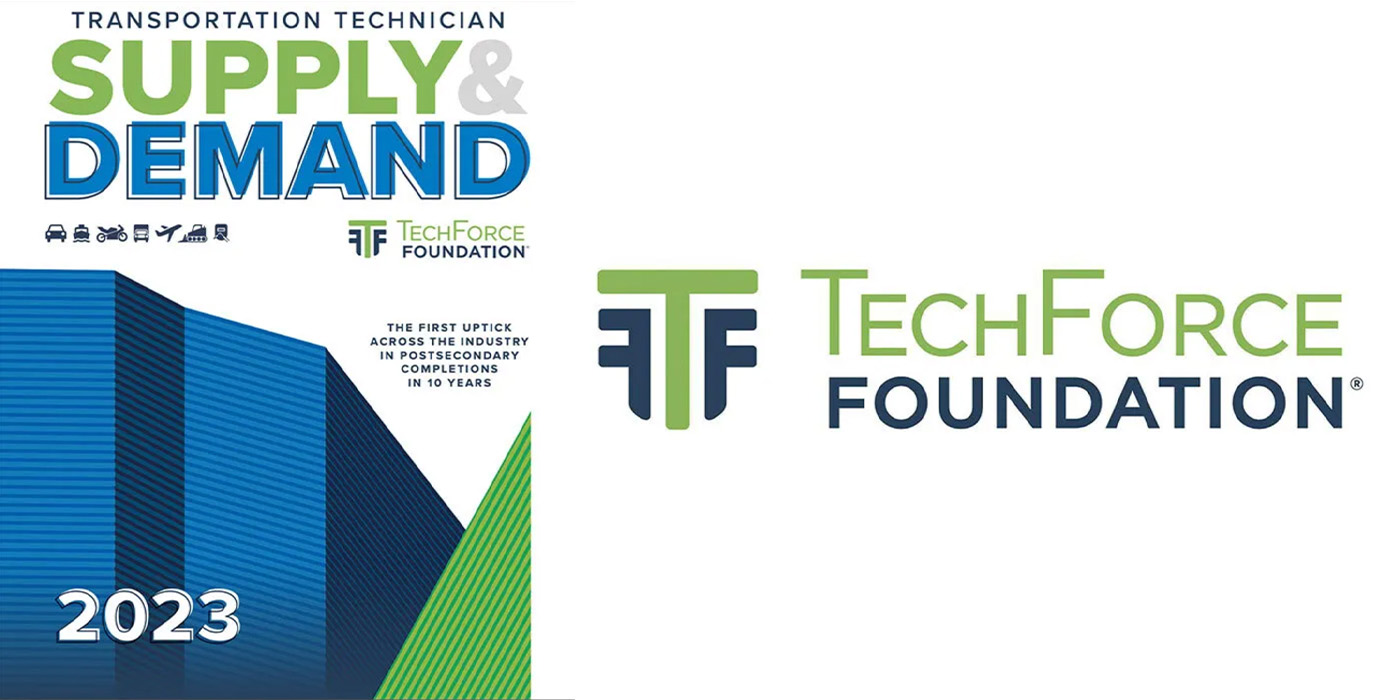When it comes to best practices in ensuring employee retention, few things are overlooked as often as the proper onboarding of new employees. Nothing can be more damaging to getting a new employee off on the right foot than doing a poor job with onboarding.
Far too often, managers think that when you start out a new employee, all you have to do is give them a quick introduction to the two or three people they will work most closely with, show them where the bathrooms are, tell them the hours they are expected to be at work and when payday is, and they are good to go.
You may think this is an exaggeration but, unfortunately for many new employees, it is not. Everyone knows the expression: “You get only one chance to make a good first impression.” Well, it is also true that you get only one chance to set up a new employee for success. And that is exactly what you are doing with a proper onboarding process. How you go about that, and the level of attention that you give it tells your new employee a lot about you as a manager and how much you value your employees and your culture. Onboarding serves to not only give a new employee practical information that they will need in the job, but having that information gives them confidence as they start out in their new position.
Onboarding begins with a Day One orientation, keeping these best practices in mind:
- Arrange for the employee to meet the owner or general manager. This ensures that the owner has a chance to meet each new employee when they first start, but also makes the new employee feel that he/she is valued enough that the owner would take time out of his/her day to meet them.
- Introduce them to a contact in HR so they know who to go to with questions on payroll, vacation and other related issues.
- Do a personal “walk around” and introduce them to co-workers in their department, as well as any other departments with which they will be working.
- Assign them a “buddy” who they can go to for answers to questions that may arise.
- Ensure that they have a written job description and sit down and review it with them. Take time to answer any questions they may have. You would not believe how many new employees start out a job without a written job description. Just because it is clear to you what that person’s role is doesn’t mean that it is clear to them. Also, both you and the employee will need to have a written document for future reference. This is helpful for the employee should they need to jog their memory and get clarification regarding their responsibilities. It is also useful when it comes time for performance evaluations and discussing the meeting of goals and objectives.
- Hopefully, your company already has an Employee Handbook in place. If not, you should speak to your HR department about developing one. They are very useful in answering frequently asked questions and ensuring company policies are fully understood.
30-Day Check-In
Having a well-thought-out and comprehensive Day One orientation sets the stage for success with new employees. However, it is critical to also have a 30-day check-in to ensure things are running along smoothly for them. Some best practices for that check-in process are:
- First, speak with their assigned buddy to get that person’s input on the new hire. You want to know how your new employee has been getting along, what questions they have had, and if there were any questions the buddy was unable to answer. This can help guide your discussion with the new employee.
- Set up the 30-day discussion with your employee at least a day or two ahead of time. The employee will be much more prepared to talk if they have had time to think about the upcoming meeting and prepare themselves.
- Ask about and answer any questions they may have.
- Ask if there are any resources they need to do their job to which they currently do not have access.
- Give them feedback on how they are doing. And, if there are any developing habits that are of concern, you are much better off to “nip them in the bud” right from the beginning.
- End the conversation by asking what you can do personally as their manager to help them be successful in their role.
If you make the commitment to establish a robust and comprehensive onboarding process such as this, you will find that your business, your employee retention and your company culture will all benefit greatly.














